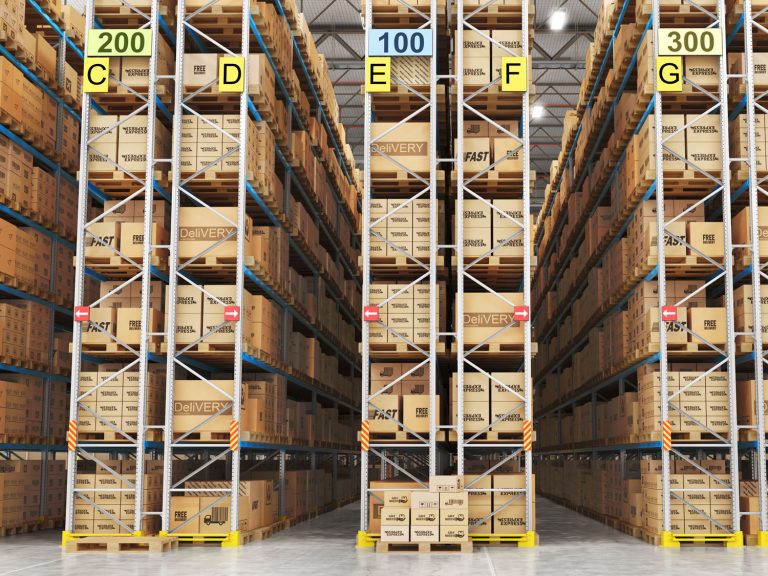
Date:
Experts warn the UK is running out of warehouse space
Leading commercial property agents have warned that the UK could run out of warehouse space within a year, following the surge in online shopping and supply chain disruption triggered by the COVID19 pandemic.
Demand for warehouses and vacant space is being driven by eCommerce, manufacturing and logistics support businesses that are having to hold inventory that cannot be consumed, due to technical component delays that are depleting stock and later than required consumer products, that are having to be ‘shelved’ until they can be brought to market at the right time of year. Raising the risk of the UK running out of available warehouse space, as has been widely reported in both the trade and national press.
Even though developers have been quick to respond to this demand, newly developed space is being taken up fast, keeping available stock low and falling below 50 million square feet (the lowest recorded) which is close to the same amount of space secured in the first nine months of 2021. Suggesting there may be less than a year’s supply available.
eCommerce, post and parcel providers took an average of 6m square feet p.a. between 2015 and 2019, rocketing to over 15m square feet p.a. in 2020 and 2021 – and continuing to grow exponentially.
The proportion of UK retail spend taking place online rose from 19.1% in February 2020, ahead of the first coronavirus lockdown, to a peak of 37.1% in January 2021, bringing forward by three years the date when the UK’s online sales are expected to overtake in-store sales.
Research by Retail Economics predicts that UK retailers will be the first across Europe’s biggest retail markets to make the shift, with 52% of all transactions set to occur online next year.
The pandemic has also highlighted the fragility of supply chains built for maximum efficiency, particularly some JIT (just in time models) encouraging executives to seek more storage space for safety stock.
Having product and components where you can access them locally is becoming the normal approach, in a world of logistics and transit beset by uncertainty and chaos. Businesses are having to, or have already, adapted their supply chain strategies accordingly.
In the near term, the impact of high demand for warehouse space will be rising costs for those needing storage, which is likely to trickle down into price increases for consumers. Along with many other dynamics and variables that are changing on a monthly basis.
Leading commercial agents Cushman & Wakefield, told the Financial Times that developers had been fairly quick to respond to the shortage of warehouse space, but warned: “When you look at how quickly development is being taken up, there’s probably not enough.”
Cushman & Wakefield warned: “If anything, availability will get worse before it gets better.” Much like many other elements of the supply chain jigsaw puzzle, unfortunately.
Metro’s customers are protected from the impact of this squeeze on warehouse space, with access to the group’s new 750,000 sq ft Mega DC. SEE MORE
Strategically located adjacent to the UK’s biggest container port, Felixstowe, the Mega Distribution Centre, offers the unique benefits of port-centric logistics alongside 18,000 pallet spaces of frozen storage and ambient storage space for 80,000 pallets.
